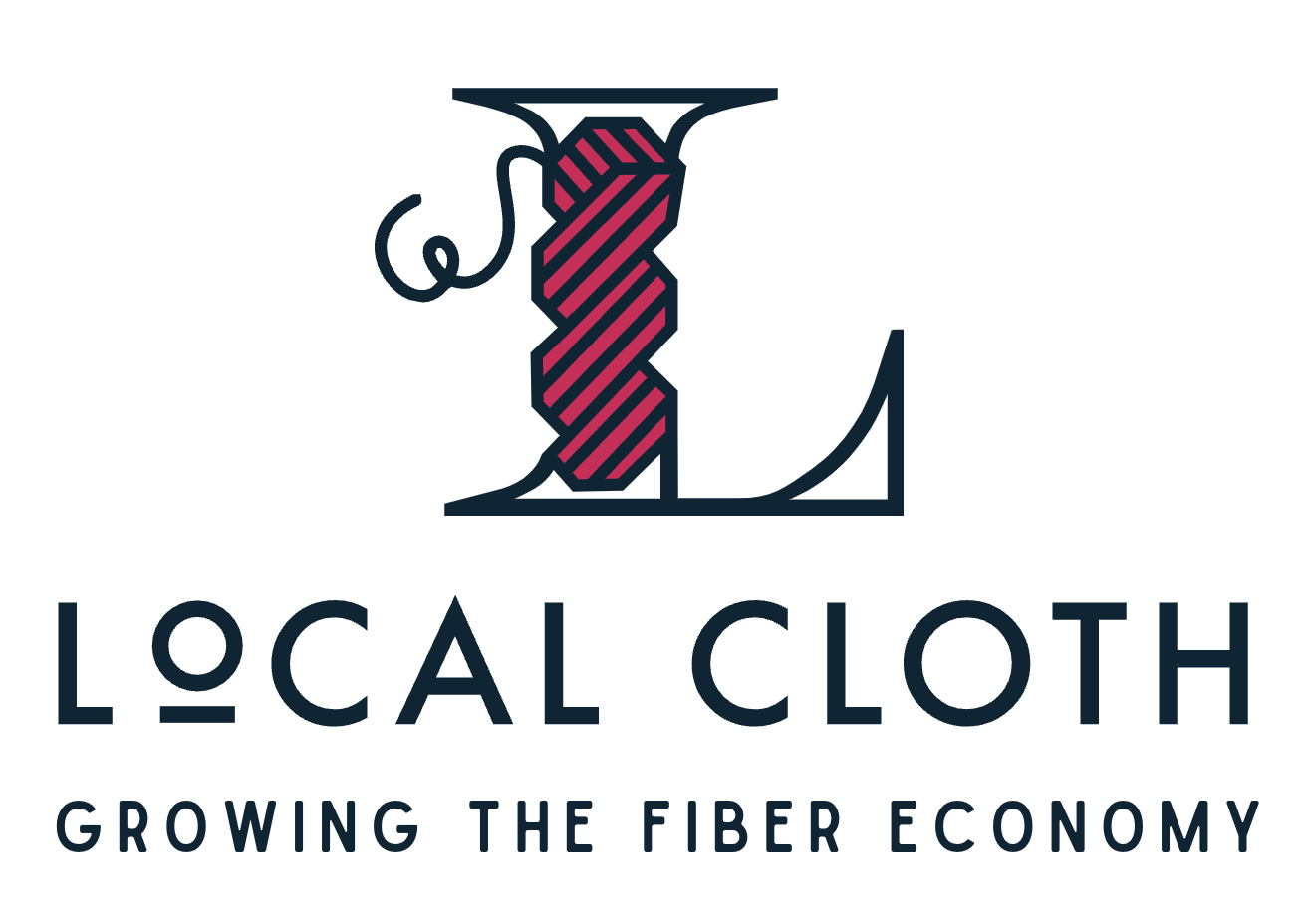Lazy days. Rain and thunder filled afternoons. Last Friday was one of those days; it seems like everyday has that same weather pattern this summer. Lazy days applies to me. Maybe it is a COVID slump. I just want to sit on the sofa, listen to mystery stories on Audible or the library, and knit/hand quilt/crochet on one of my three "upstairs on the sofa" projects. I know, we should all get up and exercise from time to time because sitting all the time is not good, but how else can you knit? Hmm... Knitting while walking could be dangerous, just like looking at your phone and walking. Back to sitting.
Peggy Newell joined us Friday and I learned two new knitting terms during the groups discussions as a consequence as well as meeting another expert knitter.
One new term I learned is the Spit Splice. Doesn't that sound gross? Well, it accurately describes a method of splicing two ends of wool together so as to avoid a knot in the fiber. It works especially well for wool, but not so well for cotton or silk since the tendency of wool to tangle and hold together is greater than cotton and silk.
The Spit Splice is also known as the Felted Join (water not spit!). In the Spit Splice, described by one of us, one simply arranges the yarn with overlapping ends, spit and work between your hands or fingers by rolling.
I found a very nice blog from 2015 that describes an alternative method for joining balls of yarn, the Felted Join. Slightly different, in this method you loop the ends over each other so that the ends are pointing away from the join. Then, they are essentially wet felted together, agitating the wetted yarn by rolling between your palms vigorously enough to produce some heat. The three requirements for felting are present: heat, moisture, agitation.
At the microscopic scale, wool protein fibers have scales. Silk protein is the only protein fiber without scales. Man-made fibers have no scales. This contributes to felting and the tendency of scaled fibers to self adhere. Heating the fibers in the presence of a liquid begins to denature the fiber structure, a process whereby the 3 dimensional shape of the fibers begins to change and distort. I could imagine the scales beginning to expand and stick out from the fiber encouraging felting together of the fibers as they encounter each other during agitation.
The second knitting term that I learned during our session was "Life Lines". We had been discussing brioche knitting as Leigh was trying to decide which of two projects to work on (more later). I wish I had known about Life Lines when I attempted to learn brioche knitting. I was so frustrated that after 5 inches I discovered a mistake about 2 inches back that I ripped the whole thing out and gave up. Life Lines are a means of ripping out without losing track of your stitches. To do this, one runs a waste yarn through all the stitches on the needle from time to time during knitting a project. Helpfully, this piece of yarn should be an obviously different color to the one being used in the project. Doing this periodically as you knit serves as measured rows that you can confidently rip back to and then use the Life Line to reassemble the stitches back onto the needle. If they are not used, they can be pulled out of the project later.
Leigh ultimately decided on knitting a moderne log cabin quilt pattern after being inspired by Modern Daily Knitting emails (formerly known as Mason-Dixon Knitting). Check out their web site in the link above. Lots of wonderful knitting information, project ideas, and patterns.
Leigh and I might someday go back to brioche knitting, who knows? Nancy Marchant is the expert in the field and her website briochestitch.com is full of wonderful instruction and has a link to her Ravelry patterns. I have also been inspired by Leslie Anne Robinson and her patterns on KnitGraffiti (and Instagram)
INSPIRATION!
